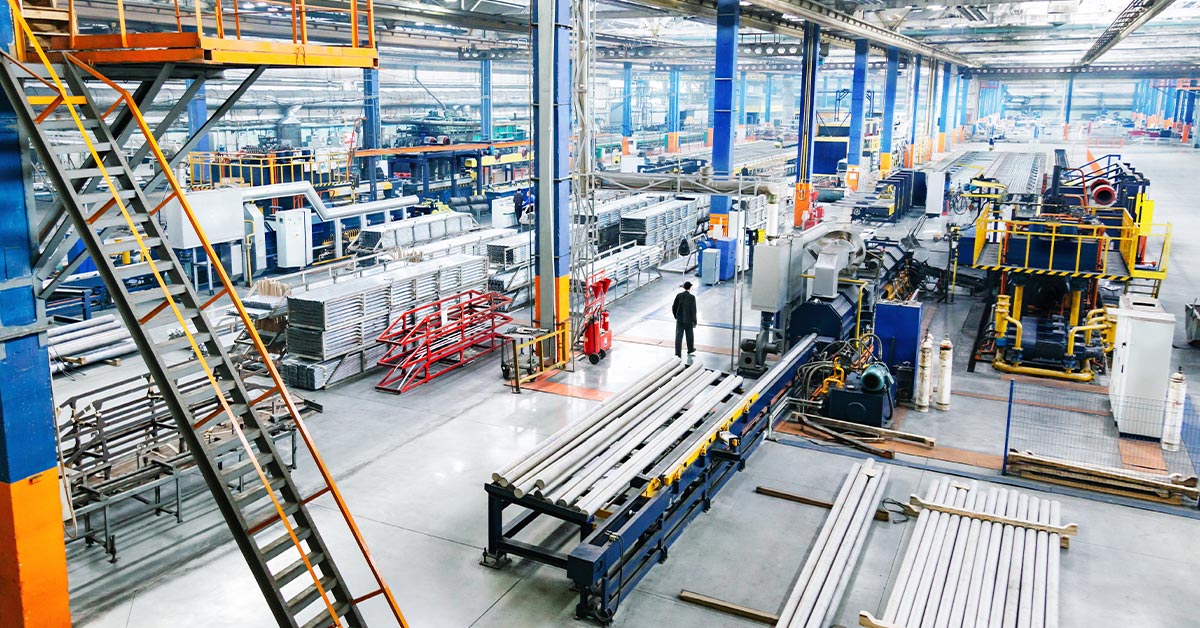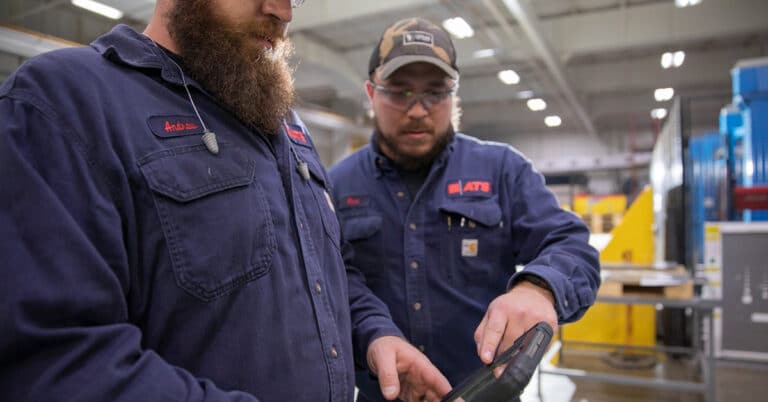What level of maintenance spend is sufficient? For some businesses, spending more will improve metrics such as Overall Equipment Effectiveness (OEE), but there comes a point at which diminishing returns set in. The start point though is to set a budget for maintenance.
This blog explores why maintenance budget planning is important. It covers the principles of maintenance budgeting, proposes steps that will help in creating a budget and suggests some ways to optimize maintenance expenses.
What is a maintenance budget?
Every business function needs a budget. It’s where money is allocated in pursuit of department and business goals. It provides timing of when money will be spent, so the finance team can forecast cashflow, and it enables monitoring and control.
The industrial maintenance budget may cover facility repairs, such as work on the roof, as well as equipment maintenance. It will include both labor and materials, as well as anticipated spend on contractors. Software licensing costs and equipment rental and leasing may also be included.
Principles of maintenance budget planning
The challenge with an industrial maintenance budget is that some of the work likely to be needed — emergency repairs — is inherently unpredictable. However, close attention to the following three points will help with the task.
Understanding fixed vs. variable costs
Some maintenance costs are set at the start of the year and will not change, (other than in exceptional circumstances). Budgeting for these is therefore straightforward. Examples of fixed maintenance costs are staff salaries and overheads allocated to areas like the storeroom.
Variable costs are driven by business activity. If production runs more hours than in previous years to meet increased demand, machines will need more maintenance. In this case, both technician hours and consumption of consumables like oil and filters will rise. Contract support for maintenance may be another variable cost.
The role of predictive maintenance in cost reduction
An example of a variable cost tied to equipment usage is preventive maintenance (PM). This helps avoid unplanned downtime, and the amount of PM performed will rise as machines run longer. However, doing too much or the wrong type of PM increases downtime without extending Mean Time Before Failure (MTBF).
Predictive maintenance is an approach to PM where work is done just before the point at which the machine would fail. Predictive maintenance entails instrumenting machinery with sensors to monitor key indicators of equipment health. Vibration and temperature are two commonly used signals. Work is then carried out only when trends indicate an increasing probability of breakdown.
Predictive maintenance can reduce PM costs but complicates planning for PM expenditures. The answer is to gather data on work done and use this to estimate future needs.
Allocating budget for unexpected repairs
Even when a lot of PM is performed, equipment can still fail without warning. Accordingly, when budgeting maintenance expenses it’s prudent to include some contingency to cover this. Three approaches will help:
- Review data from previous years to determine average levels of unexpected maintenance work.
- Look at the average age of production assets, and especially those of a critical nature, as the probability of failure rises with life.
- Use the Percentage of Replacement Asset Value (%RAV) formula to determine if any space is left in the budget for unexpected expenses.
Steps to create a maintenance budget
For most businesses, a budget timetable defines when submissions must be made. However, since a lot of information is needed to create a useful maintenance budget, plan on starting the process well in advance.
The steps to follow are:
1. Assess current maintenance costs and operations: The previous year provides a baseline but look at the plans other departments are making. Will production increase? Is new equipment replacing older units?
2. Determine machinery/asset lifecycle status: Reliability decreases and maintenance needs rise as machinery ages. Newer items may reach the end of their initial warranties, adding to maintenance expense. A close look at the status of equipment in the plant should inform projections as to the amount of work needed in the year ahead.
3. Leverage data and historical performance: How effective was the maintenance work done in the previous (or current) year? Is there data to show that increasing PM expenditure would benefit OEE and lower costs elsewhere?
4. Set realistic budget goals: The budgeting process should be seen as an opportunity to identify priorities and shift expenditures to meet them, but not in a manner that will leave gaps elsewhere.
5. Outline a plan: A financial budget should tie back to the activities planned. These should be detailed in a plan, along with timing. In businesses with an annual maintenance shutdown, plans will address purchasing parts that will be replaced ahead of time and anticipating extensive overtime working. External maintenance support may be needed for periods of peak demand.
6. Utilize software and tools: Some data needed for the budget will come from functions like HR, Finance and Manufacturing Engineering, but the two main sources should be the Asset Management System and the Computerized Maintenance Management System (CMMS). These two hold records on the manufacturing assets in place, along with work done and expenses incurred previously.
Optimizing maintenance expenses
There will always be a limit as to how much money can be allocated to maintenance. Thus, achieving goals in some areas will mean looking for savings elsewhere. Areas that often have significant potential are:
- Leveraging predictive maintenance technology: Machine health sensors are key to using predictive maintenance tools that allow reductions in the amount of PM work performed.
- Optimizing preventive maintenance schedules: A detailed review of machine maintenance records, (obtained from the CMMS), will indicate whether PM work can be reduced or should be increased to improve availability.
- Assessing storeroom inventory and management: Stocks of consumables and spares are essential in machine maintenance, although these take up space and carry a risk of deterioration or obsolescence. Examine MRO storeroom practices and parts lead times for opportunities to dispose of some items and improve repair of others.
- Investment in training and skills development: New generations of machinery pose different maintenance challenges, so staff need to keep their skills up to date. Plus, many maintenance teams have an aging workforce, so it’s vital to invest in industrial maintenance training for their successors.
Monitoring and adjusting
A budget is a tool for monitoring spend and keeping activities on track towards the goals set at the start of the process. Three important uses are:
- Regular review and analysis of maintenance spend: Track actuals against budget and identify any significant variances.
- Responding to budget variance: Identifying where changes in activities are needed and making adjustments.
- Continuous improvement in budgeting process: Identify where better data would improve the precision of budgeting and put systems in place.
Get help to maximize the ROI from maintenance
ATS helps industrial businesses improve the effectiveness of their maintenance function. From short-term assistance with temporary spikes in workload, to help with implementing a PM program or predictive maintenance, we have the expertise to make a difference. Contact us for more information.






